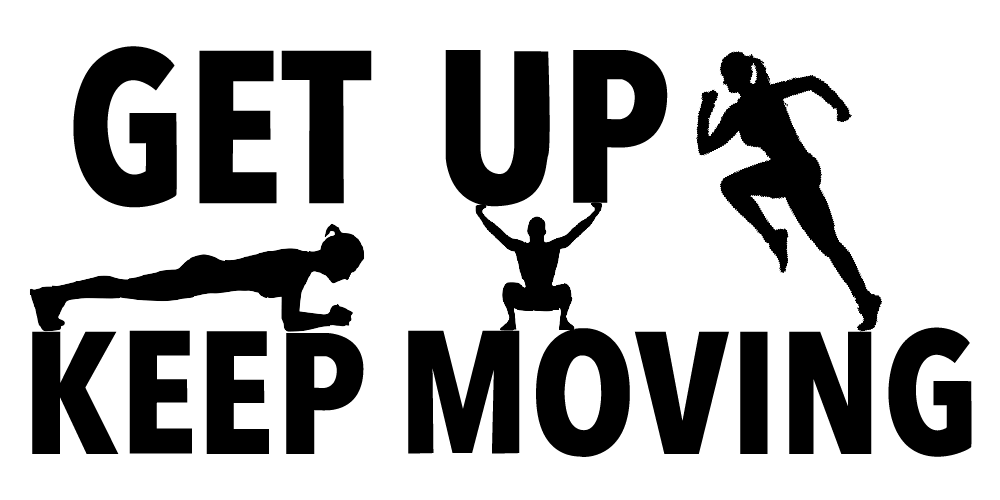Hi Friends~
You know that strength training is essential for your physical and mental health, especially through the perimenopause and postmenopause life journey. Muscle diminishes naturally with age, so we need to continually strengthen the muscle we have.
We train strong legs, glutes, backs, and arms with rowing, lifting, squats, deadlifts, lunges, weighted and unweighted exercises.
But what about core strength training?
Where’s your core?
When I ask clients that question, there’s sometimes a questioning look (trick question maybe?), then a point to the midsection. Nope, that’s your abs. They’re part of the core, but there’s so much more! Abdominal exercises are the most searched online, but are exercises that target abs really doing anything?
Abdominal muscle is the smallest part of total core muscle. Abs get a lot of attention because they’re right there in the mirror, aka the six-pack, “glamour” muscles. Sorry guys. that’s only a small part of your core.
The abs we see in the mirror are one part of two muscle groups: the rectus, and the transverse abdominis. By the way, there are no “upper” or “lower” abs!
The rectus (the muscle group we can see) runs vertically down the front, and it helps with trunk flexion (in a crunch, sit up, even a pelvic tilt), and provides support to the spine. The transverse abdominis is deep, wrapping horizontally around, and not visible from the outside. It’s like a corset, connected to posterior core muscle, and connected to hips providing stability and support, and helps maintain posture. Yes, it’s ok to do crunches, and do variations as part of your core training program.
Most core muscle is in the back, the largest amount of body mass. Stabilizer muscles in the back, glutes (yep, your butt), and the pelvic floor are part of the core.
When we go to an orthopedist for a back strain (the most common orthopedic complaint), we might come home wearing a back brace. That brace is what the core muscles are supposed to be doing. Instead of a brace – get into a physical therapy program, and find a good personal trainer to get you strong.
Visualize the ropes of muscles that run down both sides of the spine, beginning at the base of the skull and ending at the tailbone. The erector spinae and multifidus are connected to all of the other muscles of the back, and wrap around the sides and front. Train the posterior muscles of the trunk to provide stability, balance, and power, and to reduce the risk of injury. Check out these great back exercises.
Lateral core muscles, including obliques (sides of the body), and quadratus lumborum (both sides of the lower back), provide stability and rotational strength to the trunk. Do lateral core training along with posterior and anterior to improve athletic performance, agility, and reduce the risk of imbalances and injuries. Train the lateral core muscles with unilateral exercises
It’s all connected.
The headbone is connected to the foot bone! Literally everything is connected, from the head, to the feet, and hands. At the recent IDEA™ Personal Training Institute, we learned that the big toe and second toe are integral to core function. Try to walk without using the big and second toes…notice what’s happening with your core? Slightly unstable, right? How about walking swinging only one arm, with the other clamped to your side? Awkward, requiring more core engagement with the use of only one arm.
Strong and stable anterior, posterior, and lateral core muscles help transfer forces between the upper and lower body (any movements pushing against gravity), and enhance performance in everything you do.
Your core is your entire trunk, your canister. Imagine an actual can – if the top, the walls, or bottom of the can are weak it can’t do its job, which for a can is to hold stuff in. That’s true of our bodies too (internal organs of course), and as humans we also have to move, and stay erect. From the top of your shoulders, down the sides, your back, and pelvic floor are all your core.
Train it all.
The plank is a classic core exercise for your back and posture.. In addition to holding a static plank try adding movement for even more core challenge.

Weight train core muscle, including abs. Do compound exercises including rotational, unilateral (one leg or arm), and kneeling and half-kneeling positions.
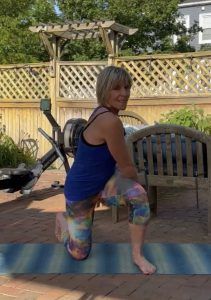
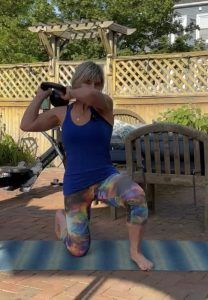
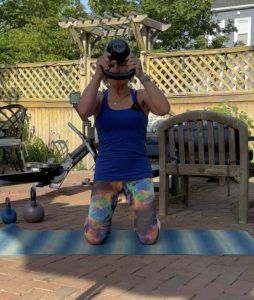
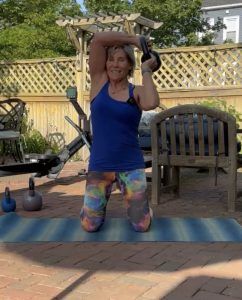
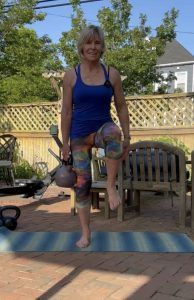
Play, run, jump, ride a bike, lift, throw, generate power with explosive movements. Add Indoor rowing to your program to engage 90% of muscles, including core. Get Up Keep Moving, is where you can get strong and get Mpowered.
Onward!
Polli
